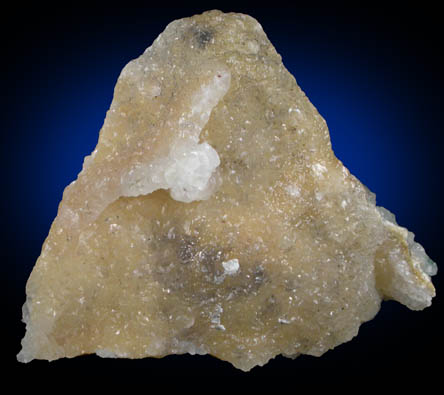The Mineral otavite

Otavite is named after the famous mineral deposit of Tsumeb, in Otavi Province, Namibia.
Otavite belongs to the calcite group of minerals, a group of related carbonates that are isomorphous with one another. They are similar in many physical properties, and may partially or fully replace one another, forming a solid solution series. All members of the calcite group crystallize in the trigonal system, and have perfect rhombohedral cleavage.
Color
White, yellow-brown, reddish-brown
Properties
Streak
White |
Hardness
3.5 - 4 |
Transparency
Translucent |
Specific Gravity
5.0 |
Luster
Adamantine to pearly |
Cleavage
1,3 - rhombohedral. Cannot be determined. |
Fracture
Conchoidal |
Tenacity
Brittle |
Uses
Otavite is a rare mineral and is only of interest to specialized collectors. It is used as a minor ore of the element cadmium when found in cadmium deposits.
Noteworthy Localities
Otavite is a very rare mineral, and its type locality and main occurrence is Tsumeb, Otavi, Namibia. Other localities include Su Elzu, Ozieri, Sardinia, Italy; Broken Hill, New South Wales, Australia; the Blanchard Mine, Bingham, Socorro Co., New Mexico; and the Sterling Hill Mine, Odgensburg, New Jersey.
Common Mineral Associations
Smithsonite, Azurite, Malachite